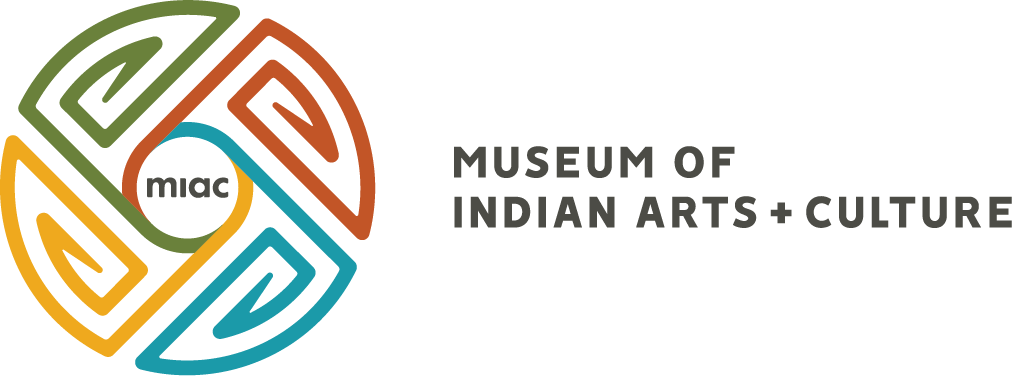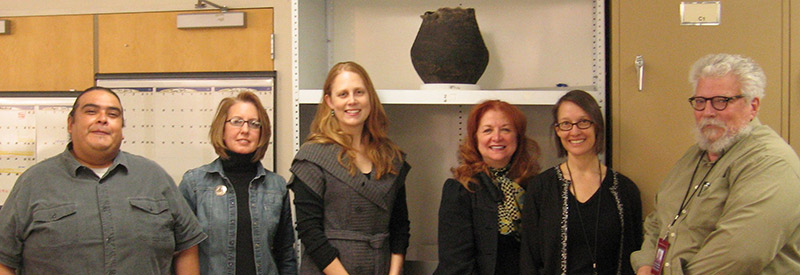Introduction to Conservators and the Conservation Unit
Modern, science-based conservation is a relatively new field dedicated to the preservation of all aspects of art, material culture and other kinds of cultural heritage. All conservators possess an interdisciplinary background in science, humanities and studio art and commonly hold a graduate degree in conservation. They are educated in the materials and technologies of art and cultural objects and how they deteriorate, as well as in ways to stabilize that process, including preventive conservation. Research methodologies and scientific analysis are central as well as the ethics and principles of preservation and conservation. An interdisciplinary approach to the practice of conservation has resulted in an increasingly collaborative process with artists, indigenous experts, scientists, scholars and others.
 Conservators usually specialize within the following areas: 3-D objects, paintings, works of art on paper, textiles, photographs, or books and archives. Ethnographic/archaeological conservation is considered a special focus or sub-group of objects conservation. Professional conservators abide by the American Institute for Conservation Code of Ethics; this code has become part of the Museums of New Mexico Collections Policy which is a/the guiding document for Museum Resources Division Conservation Unit.
Conservators usually specialize within the following areas: 3-D objects, paintings, works of art on paper, textiles, photographs, or books and archives. Ethnographic/archaeological conservation is considered a special focus or sub-group of objects conservation. Professional conservators abide by the American Institute for Conservation Code of Ethics; this code has become part of the Museums of New Mexico Collections Policy which is a/the guiding document for Museum Resources Division Conservation Unit.
Conservation and Restoration
The condition issues and conservation treatment of pottery can be broken into two broad categories: stabilization and aesthetic treatment of the objects.
The most critical type of conservation treatment is stabilization; the goal of this kind of treatment is to preserve the museum object as it is by arresting active deterioration. Usually the object does not look any different after treatment; however the structure and surfaces are stabilized. Stabilization is carried out with the goal of preventing the object from falling apart, from losing parts, or from surface loss.
Restoration, or aesthetic treatment, is also a type of conservation treatment. It specifically refers to an attempt to bring cultural property closer to its original appearance. However, there are many degrees of restoration and this type of treatment is a decision made in collaboration with curators and other experts. In general restoration is not appropriate for archaeological ceramics in a research collection.
Conservators adhere to the AIC Code of ethics, use chemically stable materials, strive for reversibility with all added materials, and document their work in reports and photographs.
Museum Resources Division - Conservation Unit
The Conservation Unit of the New Mexico Department of Cultural Affairs is part of the Department’s Museum Resources Division (MRD). The mission of the Conservation Unit is to ensure the continued preservation of art and other cultural property entrusted to the state. With two labs located in Santa Fe, the Conservation Unit serves the four state museums in Santa Fe and seven state historic heritage sites in New Mexico.
Part of the conservator’s work is scientific analysis. The MRD laboratory is equipped with various analytical instrumentation to help answer questions the conservators and curators may have about museum collections, and to ensure the best conservation treatment possible. Along with examination and consultations, this equipment can help conservators determine the provenance and authenticity of an object, identify its materials and technology, as well as materials that may have been added to the objects in the past such as coatings or adhesives.

